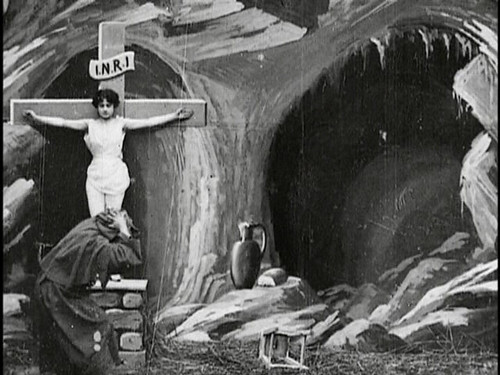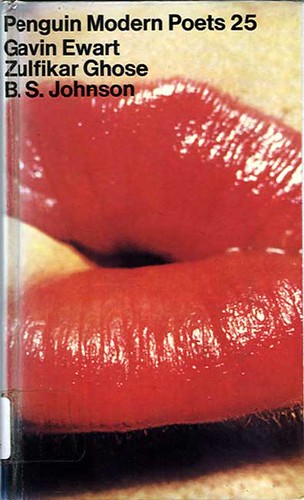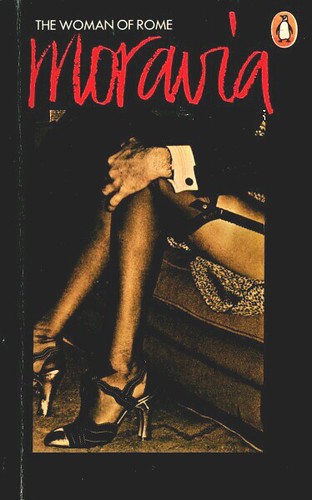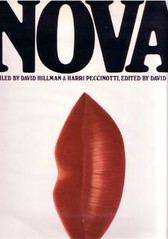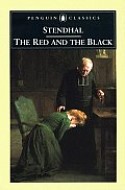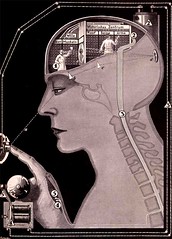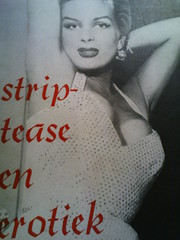
Dutch translation cover
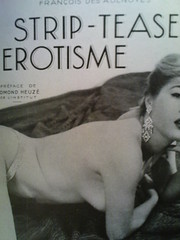
French original cover
Yesterday, I went to Tuf Tuf, a not-so-reputed second hand book store on the South of Antwerp, my neighbourhood. It’s a real drag to hunt for books there: not enough space, books not arranged alphabetially, battered copies. But sometimes gems are to be found, I picked up a copy of Midnight Movies there once. Aside from this, they specialize in erotica. I spotted two Georges Pichard books yesterday priced at €86 each. I don’t think I’ve mentioned the canonical Pichard here before, his work is super-relevant today, as the good people at Kink.com have brought his ultra-pornographic vision to life.
Back to the subject at hand, me at Tuf Tuf yesterday. I bought Moderne Liefde, an anthology of short stories which previously appeared in Playboy Magazine (with a story by Borges, whose only hint at eroticism I’ve yet seen has been in his story Ulrica), Striptease en Erotiek[1] (a Dutch language translation of Strip-tease et érotisme[2]), De Leidraad (Le Lien) by Vanessa Duriès, and Erotiek by Francesco Alberoni.
Above, I’ve shown you the covers (above the translation I bought, below its original) of Strip-tease et érotisme, the actual object of this post.
Histoire et philosophie du strip-tease : Essai sur l’ érotisme au music-hall, as its full title reads, was written by François des Aulnoyes, to my knowledge one of the very few books he’s written. The book deals with striptease, what makes it interesting is that it was published in 1957, strictly speaking a couple of years before the sexual revolution. The text is hogwash and very briefly invokes Lucien Lévy-Bruhl, Émile Durkheim, Vilfredo Pareto and Freud, these are the only sources mentioned. Its historic overview also mentions Janine Jan and Anne Bruneau as 19th century predecessors to French striptease.
What makes the book interesting are the photographs by Roland Carré, see the cover shot of Huguette Delorme above. Like I said, the pre-sexual revolution mode, with all reference for example to pubic hair airbrushed away (this was the pre-Photoshop-age).
Following models are featured: Melody Bubbles, Clara Saint-Honoré, Sheiba Scott (very sexy), Vera Bell, Japanese model Yoko Tani, Flora Balmoral, Ketty Rogers, Luce Aubertin, Rita Renoir, Tony Teaser, Lola Stromboli, Sidonie Patin, Dodo d’Hambourg, Dora Bell, Magda (of the Concert Mayol), Kitty Tam-Tam, and Rita Cadillac.
Who was Roland Carré? The only person I know who can answer that question is Au carrefour étrange.


